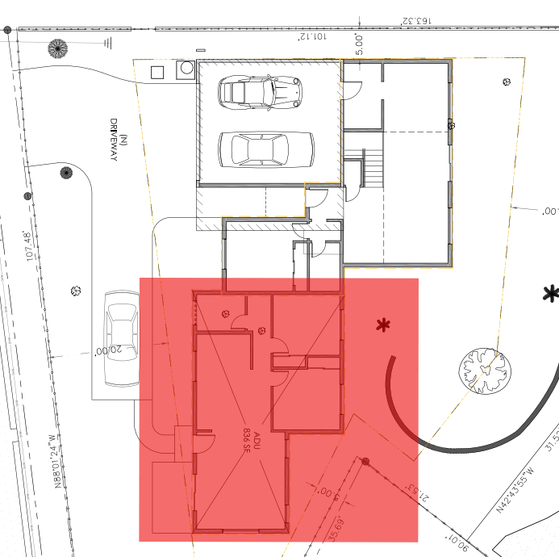Chapter 9: Choosing a Small Home BuilderIn this chapter, we discuss what to look for in a contractor to build your small home. Choosing the right expertise could make or break your project costs or put you in a situation which increases your liability. So it is imperative that you do your due diligence. You want someone with the right skills to get the job done, without overcharging for the project. But there are other things to look for, too.
|
|
Site Evaluation
|
Take this short 10 question survey and receive a custom proforma, feasibility analysis and pre/post home value comparison.
|
The 2019 Guide to Building an ADU in California
(Including Financing Options)
|
For homeowners who want to make the smartest investment when building a backyard cottage, granny flat, accessory dwelling unit, or garage apartment.
|













